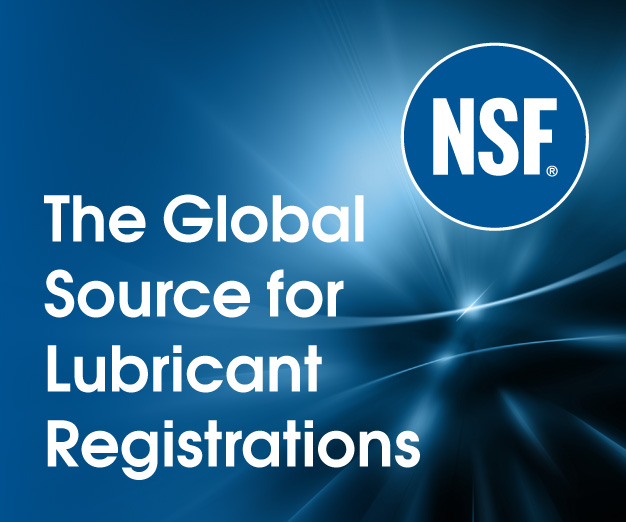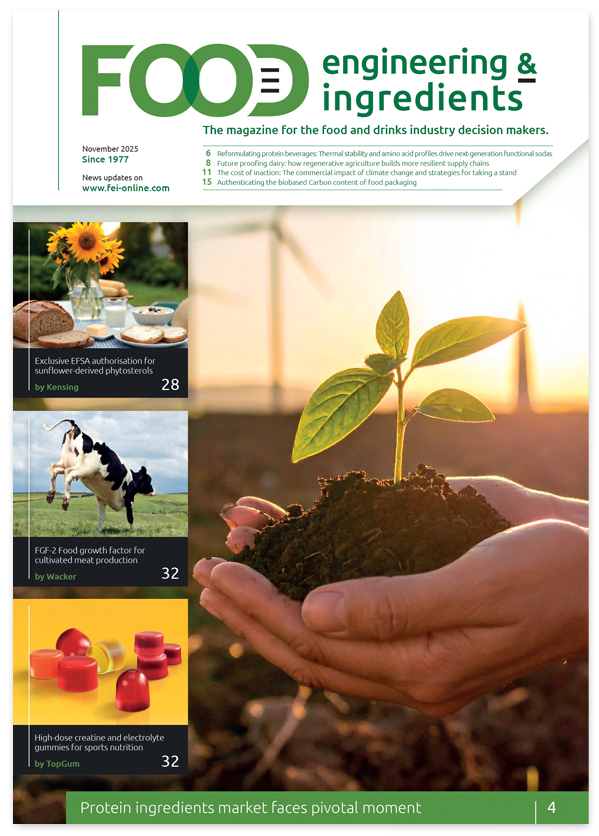Wine-Profiling™ 4.0 from Bruker proves product authenticity to safeguard brand reputation
Bruker has launched a powerful new Wine-Profiling™ module in its FoodScreener™ platform to help wine producers, importers, and testing laboratories detect and prevent wine fraud.
The easy-to-operate Wine-Profiling 4.0 allows rapid verification of variety and origin of a wine sample at the touch of a button. By simultaneously detecting several hundred compounds in a sample, it quickly authenticates the wine’s profile through comparison with a substantial reference database.
Protecting the reputation of each wine region, as well as safeguarding the appellations (or region of origin) of these high value goods that are distributed across the world is of critically importance to every regional wine association. This assurance of authenticity and integrity of the products that are imported is vital to protect the consumer, and also to protect the relationship between the buyer and seller.
As a premium product with significant annual variation, wine is susceptible to many types of fraud. Cheaper wines, grape juice or water may be used to dilute more expensive products, wines from humble regions may be declared as coming from a more desirable area, and young wine may be falsely classified as an older, mature product.
Detecting fraudulent wine is challenging, because of the lack of robust analytical methods. With an overarching market trend towards purchasing more expensive wines, it has never been more important for producers to keep consumer confidence high, through the assurance that the bottle’s content is consistent with its label declaration.
The new Bruker module harnesses the analytical capability of high resolution nuclear magnetic resonance (NMR) spectroscopy together with the potential of chemometry (statistics) for data processing. The system offers a fully automated technique and method that tackles wine fraud through detecting new adulteration methods, while its intuitive software interface requires no NMR knowledge on the part of the user. This pragmatic solution opens up new potential for border control authorities, who must constantly stay one step ahead of the fraudsters.
For the first time, rosé wines from France, Spain and Germany are included and, in addition, the system can also assign the appellation for red and white wines from France, Italy and Spain. Popular single varietals, such as Pinot Noir and Tempranillo, are also covered by the reference database, which has been expanded from 18,000 to 26,000 samples.
Lea Heintz, product marketing manager at Bruker said: “In a high value market, such as wine, consumer trust in the product is everything. If adulterated products flood the market, people are no longer prepared to invest in premium products, trust in the supplier is lost, and the stability of the whole industry is affected.”
Gordon Burns, president of a major Californian wine testing laboratory, ETS Laboratories, commented: “Today’s global wine consumers demand more transparency than ever before. They want to trust the origin and integrity of what they buy, and their need for trust extends from the vineyard to point of sale throughout the supply chain. Meeting this growing demand will require a major change by the industry, and unimpeachable analytical evidence.
At ETS we know that verification creates trust, which can be built through validating the unique signature that can identify a wines’s origin, variety, and chain of custody at each point in its journey, from vineyard to glass. The Gold Standard analytical tool based on Bruker’s NMR creates a complete verification solution based in the product itself – a wine’s unique digital signature.
We are building the database of U.S. wines by partnering with Bruker to complement the already existing databases for other regions. Now, as a wine travels through a global supply chain, its unique digital signature will travel with it. This will further assure authenticity and identity while enhancing safety.”
A spokesperson from leading wine testing laboratory, la Estacion Enologica de Haro in the Rioja region of Spain, commented: “Our laboratory has implemented the latest analysis methodology for more than 125 years, in response to the needs of the sector. Bruker’s Wine-Profiling system has proven to be a very simple and fast analysis method. With less than 1 mL of sample and only 20 minutes of analysis time, we get a comprehensive report on each wine that is essential for its control and traceability.
“By using Wine-Profiling to build a database in which predictive models are based, we can produce certification of origin, variety and region to protect the wine producer and client from fraudulent products. For example, we can confirm wine identity by checking that the wine purchased and the wine delivered are the same.


